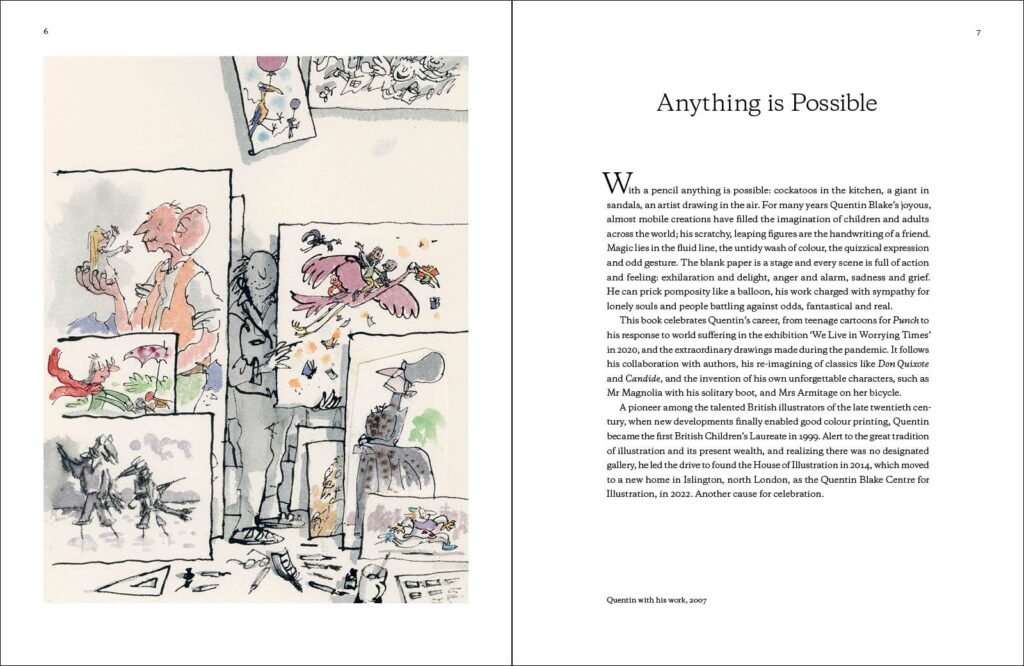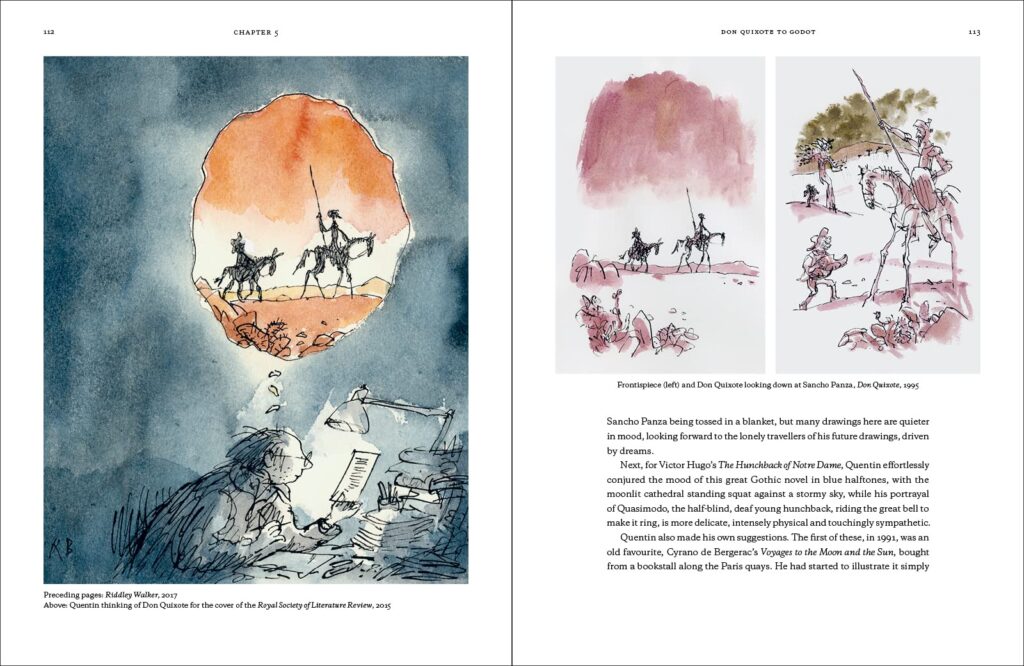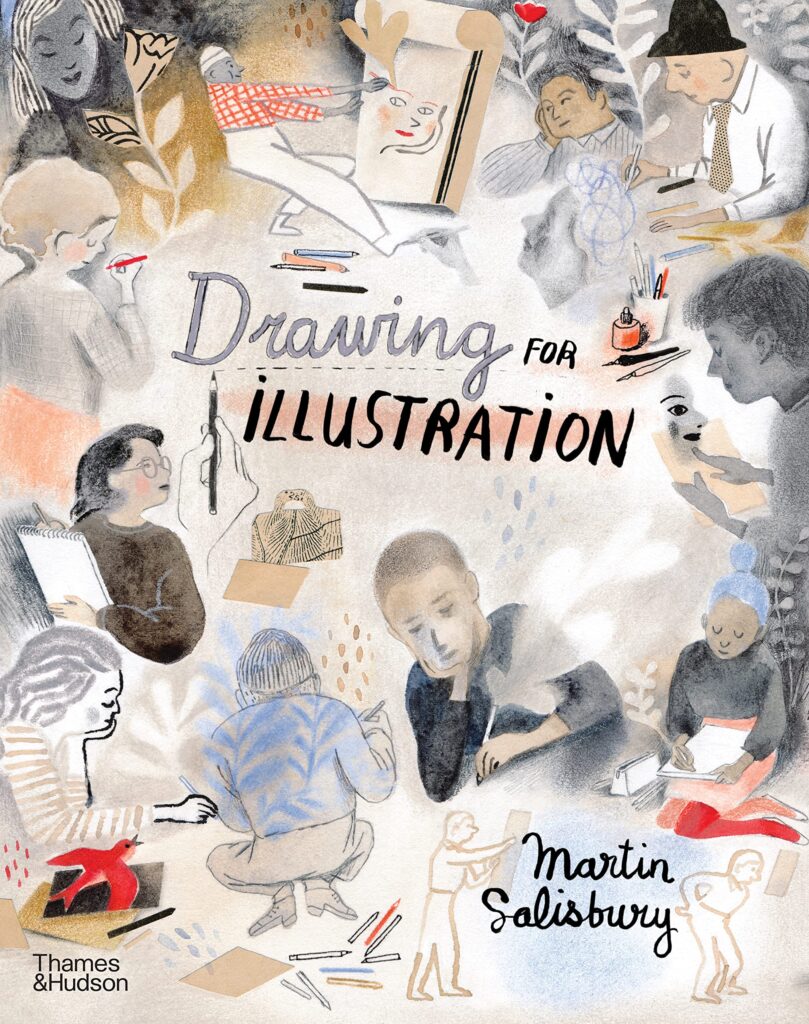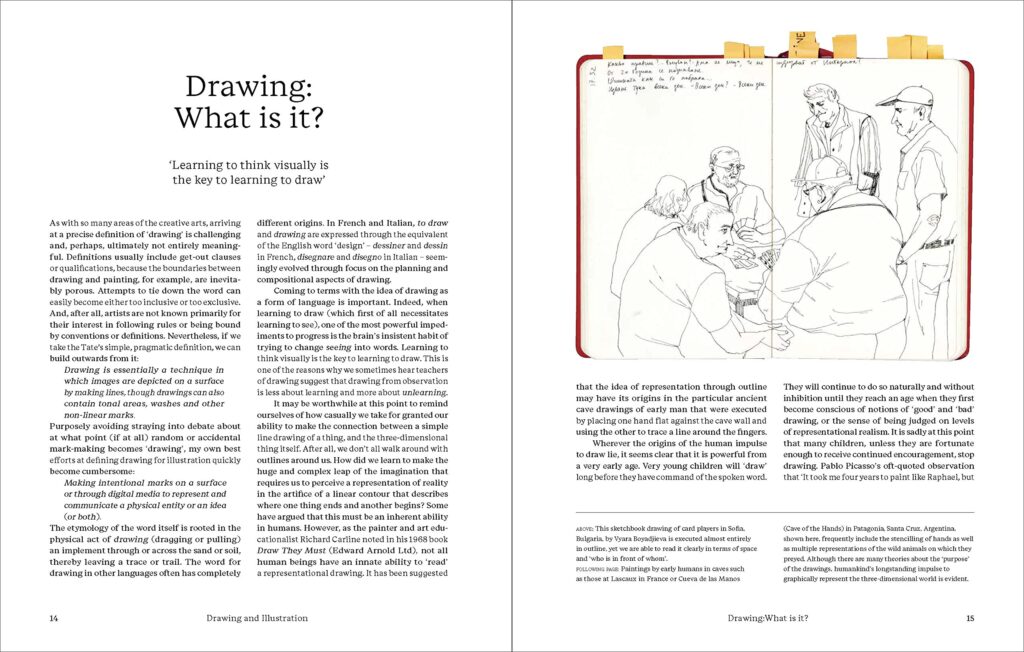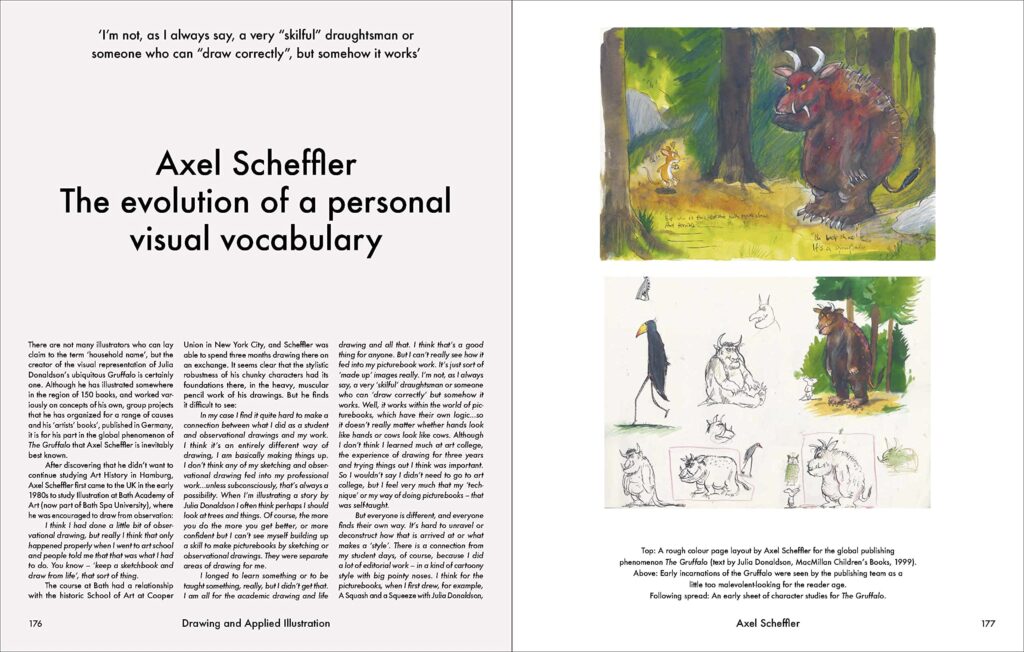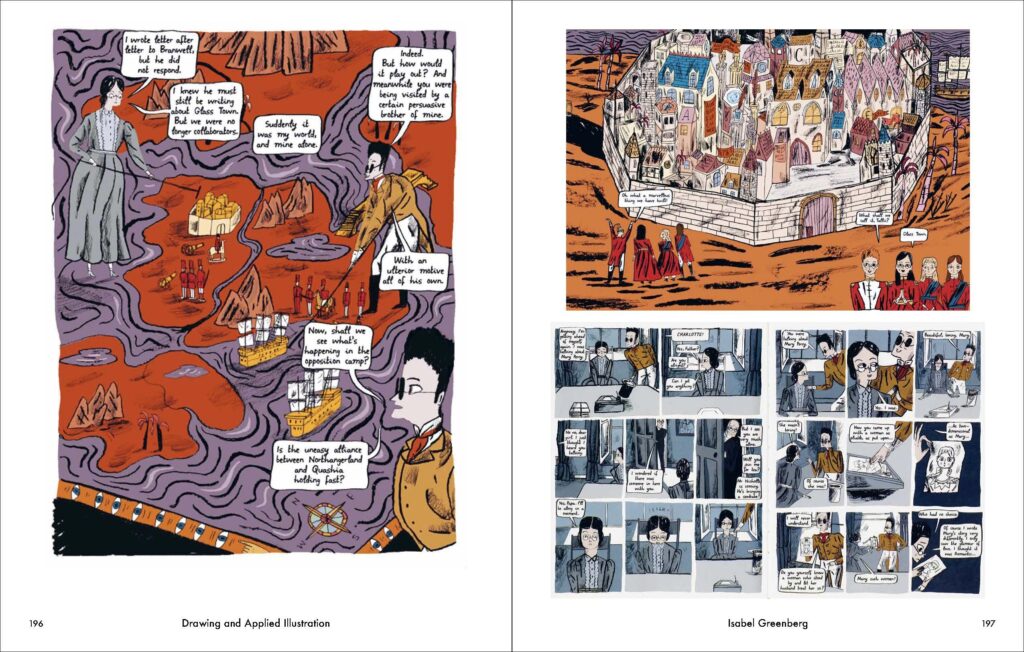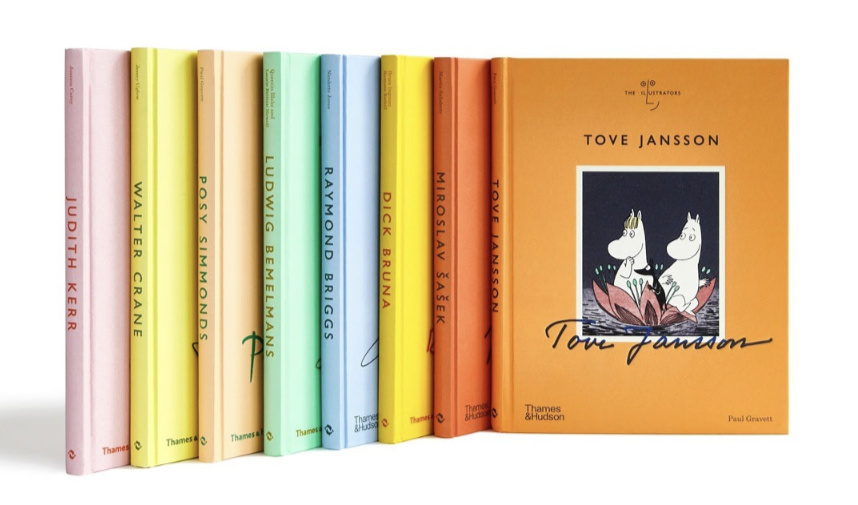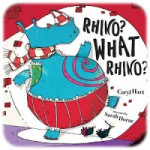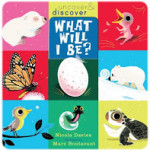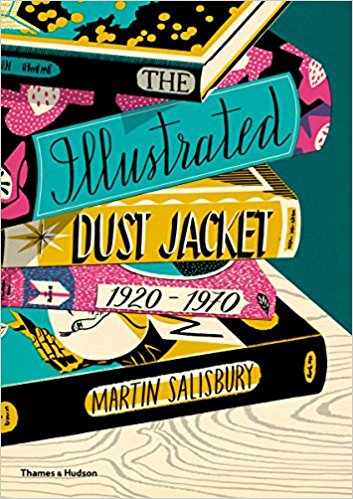Thames & Hudson have long been at the forefront of publishing books on the arts and design, but they are also one of the few publishers who continue to publish books about illustration as an Art form. In the last few months they have released two volumes which will undoubtedly delight and fascinate picturebook enthusiasts.
The Quentin Blake Book by Jenny Uglow offers us a window into the creative mind of one of the pioneers of 20th Century illustration, and how his style has evolved over the years, from Spectator covers, via his well-known artwork for children’s publishing, to his more recent line portraits (the analysis of which I particularly enjoyed). Blake is an artist that never ceases to surprise; as the reader turns each page of this tome, they are presented with artwork which is both quintessentially Blake and yet feels completely fresh and new. His talent for creating the most expressive portraits only using a few scarce lines is unrivalled. Jenny Uglow defines what makes his work so special when she states, talking about his work on Don Quixote: “One of Quentin’s talents is spotting the moment when an illustration can both carry the story and cast it in a different light” (111). She offers readers a remarkable insight into Blake’s life and career and the conversational tone of her writing makes the book particularly accessible and enjoyable; this is a book for all, whether they have a background understanding of Art or not. With over 300 illustrations and quotes from Quentin Blake dotted throughout, this really is a superb overview of the artist and his work, and artist who truly deserves to be hailed as the one of the Greatest, and most beloved, British illustrators of the last hundred years.
If you have not seen it yet, don’t miss BBC’s Quentin Blake: The Drawing of My Life
Drawing for Illustration is the latest book from Professor Martin Salisbury, one of the most respected experts on illustration world wide (you will find reviews of some of his other titles here and here). While this is not an instruction book (and Salisbury insists that there is indeed particular way to draw for illustration), this book offers an overview of the basic principles of illustration, such as line, tone, and perspective . Examples from sketchbooks, accounts from illustrators, and case studies show many of these principles in practice, in children’s book illustration and beyond. What is particularly fascinating is the breadth of styles displayed, spanning across many decades. There is so much to discover, and the third and fourth parts of the book particularly lend themselves to a non-linear read; readers might feel they are drawn to specific drawings first and read the text alongside it, for example. In the postscript, Salisbury writes about the meaning of Style, and acquiring it: “Through intense focus on the subject itself, rather than marks being made in response to it, gradually, involuntarily and inevitably an identity forces itself through and imposes itself upon the artist, like it or not” (233). This is a pertinent conclusion; the basics are there within the pages for readers to peruse but some things can simply not be taught. Serendipitously, Beatrice Alemagna wrote about imitating one’s style is this recent Facebook post.
Drawing for Illustration is a beautiful, thorough overview of illustration as an art form which will be of interest to aficionados, budding artists and those with an interest in acquiring a more thorough understanding of this art form.
Both books are available to buy from all good bookshops or can be purchased via our partner bookshop, Storytellers, Inc.:
Don’t forget Thames & Hudson fabulous The Illustrators series which is a must for any one interested in picture book illustration. The latest title is Tove Jansson by Paul Gravett. You can read my review on the volume on Dick Bruna here and Judith Kerr here .
Source: review copies from publisher


